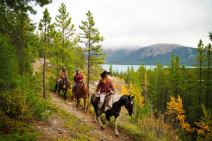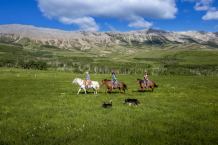
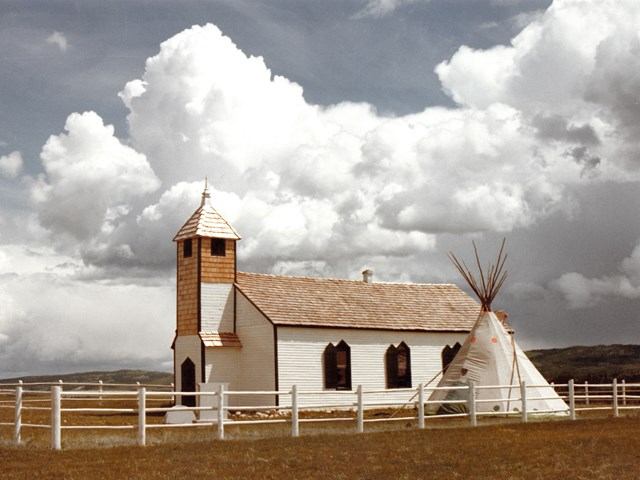
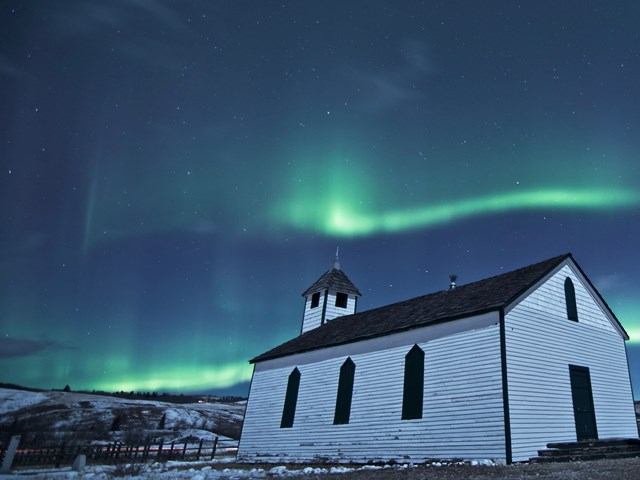
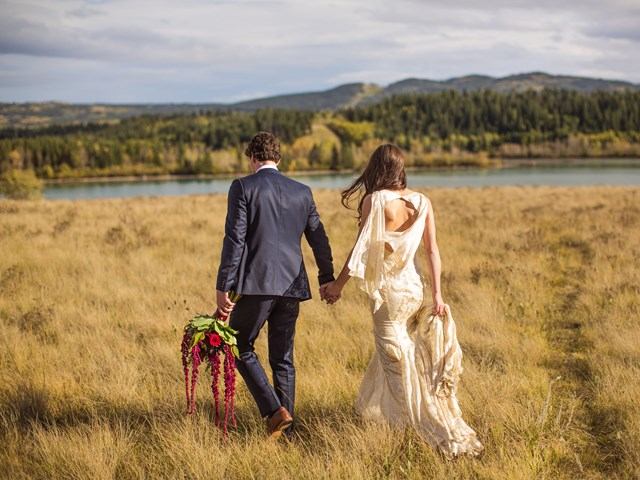
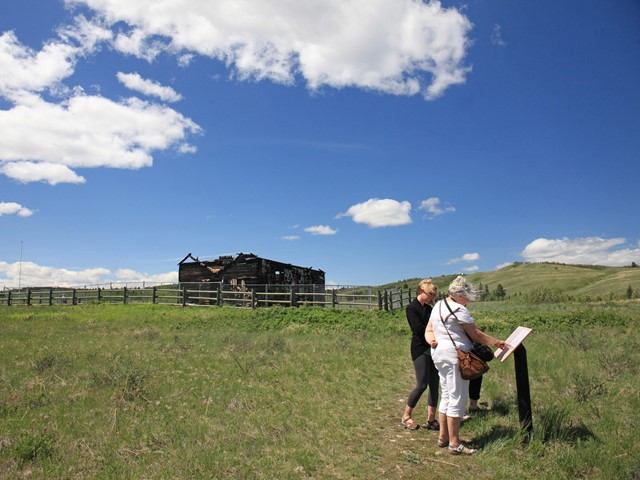
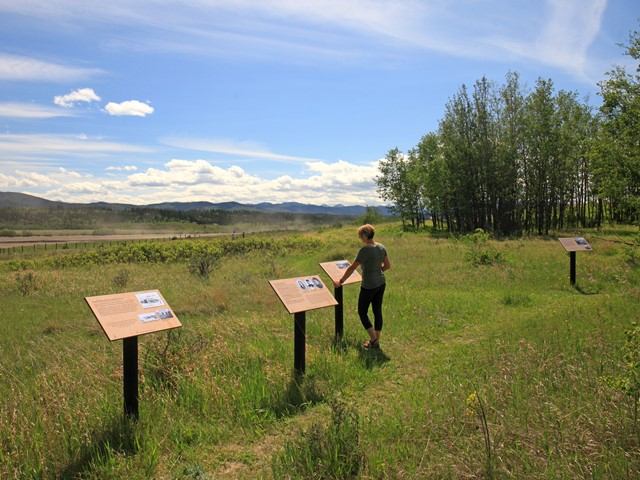
Historic Morleyville / McDougall Memorial Church
Two voices linger at historic Morleyville. One Indigenous. One settler. Together they tell the complex histories and stories of the people who made this area home. Îethka wîchoîe, wasiju îabi gichi barhe Mînî Thnî awohnagabi cha oyagabi chach. Indigenous peoples have lived in the foothills and mountains of southern Alberta for thousands of years. These lands have enduring cultural significance for the Îyârhe Stoney to this day. The Îyârhe Stoney call this area Mînî Thnî, meaning clear water. Methodist missionaries and then settlers arrived here in the 1870s and they called their growing community Morleyville. The Morleyville settlement extended east down the Bow River to Ghost River, and it was a thriving community of over 200 people. Faint traces of the former settlement remain, including old wagon trails, building foundations, and stone circles. The community was abandoned in 1921, and today, the story of Historic Morleyville is shared on this 43.9 acre historic site.
MoreLocation and Contact
Address
Details
- Season Availability
- Year-round
- Traveller Type
- Families & Kids



